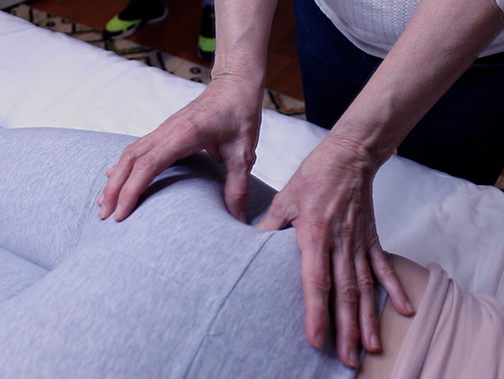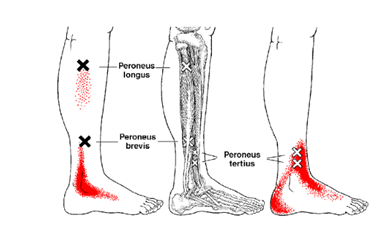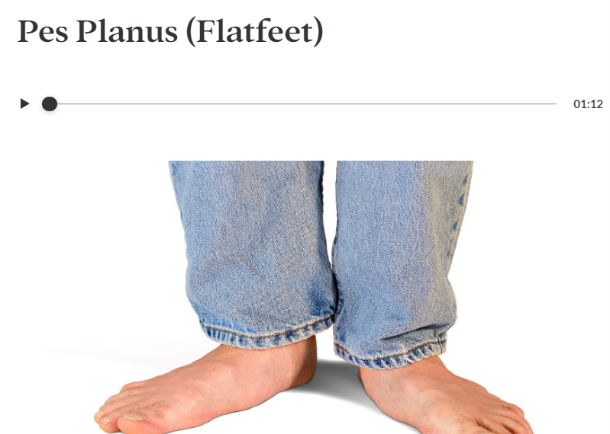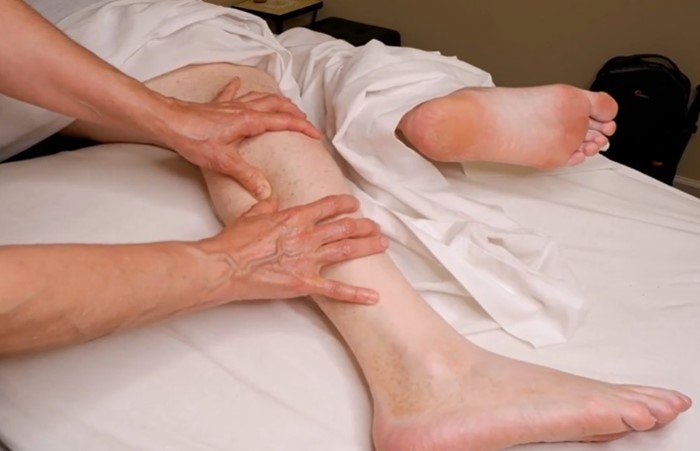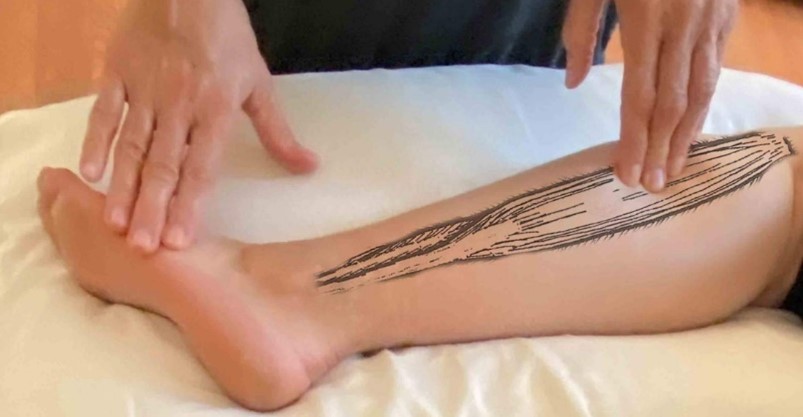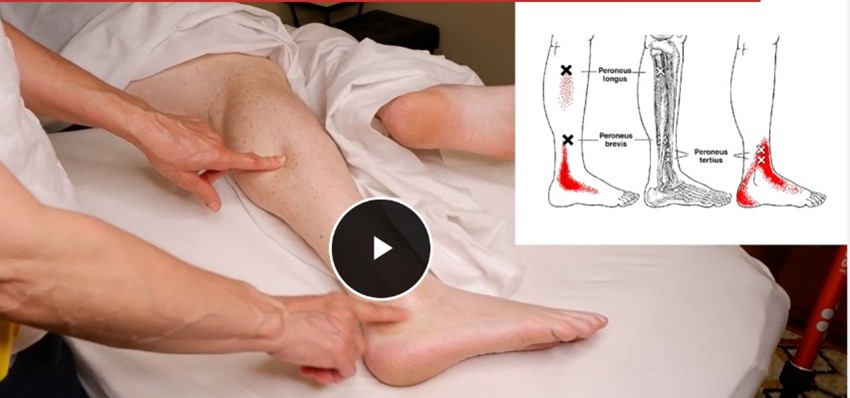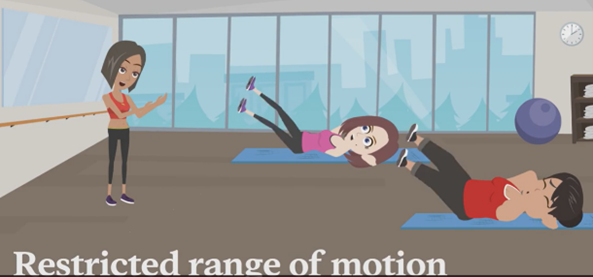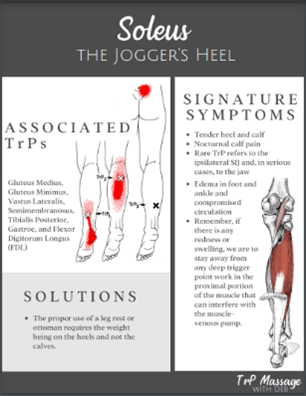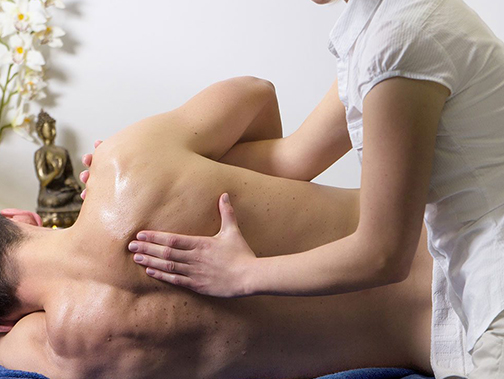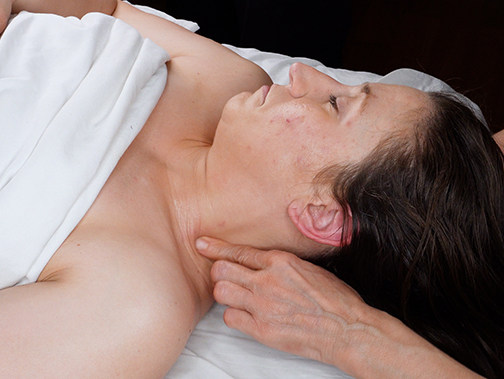
E-Learning – Clinical TrP Massage: Upper Body
June 1, 2023E-Learning – Clinical TrP Massage: Lower Body
$99.00
Learn key concepts about myofascial trigger points in the lower body.
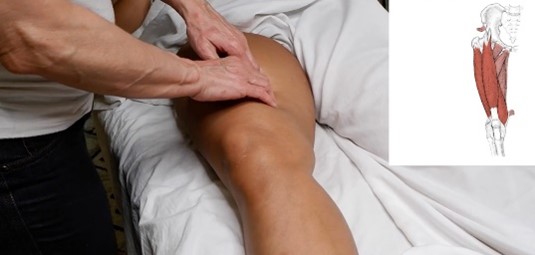
TrPs are defined are hyperirritable sand sensitive spots located within a tight muscle or fascia. They can be the source of local or referred pain and often associated with muscle dysfunction.
TrPs can refer pain to other areas of the body, for example the peroneus in the lower leg can cause pain to radiate to ankle and foot. You’ll learn the pain pattens associated with specific TrPs that help identify the source of pain. All these illustrations are available in a PDF file for each muscle.
This online clinical trigger point massage class presents reliable and effective material for the massage practitioner who is refining their knowledge of TrPs. The principles, and illustrations, you will learn in this class are proven methods based on Dr. Janet Travell’s work.
Regarding Dr. Travells X’s, they are only a guide. The spillover pain zone is indicated by red stippling, and its differentiated from the essential referred pain area which is the solid red area. This area represents commonality, not intensity.
The causes and activation of TrPs can be activated by various factors, from muscle overuse, trauma, poor posture stress and repetitive motion. Over 30 pathological conditions from muscle imbalances, postural abnormalities to nerve entrapments are discussed.
Muscles with untreated TrPs can become chronic pain conditions. We will review the muscle of the upper body as well as the regional musculoskeletal conditions that mimic or are confused with common orthopedic disorders.
TrPs can be detected by palpation. Our objective is to review the anatomical attachments, considering muscle fiber direction, detect TrP the locations then apply techniques. Some manual therpy techniques used to release TrPs are demonstrated by using cross fiber flat palpation, pincer palpation, or a barrier release technique.
Identify the exact muscle location, then assess. Finding the anatomical structure is necessary to help find TrPs. Thereafter, look mid muscle, distally, laterally or superiorly to the X in the chart.
Video – Once the anatomy is identified learn specific manual techniques to release TrPs.
This course iidentifies a wide range of symptoms and perpetuating factors that are caused by TrPs. Symptoms include local or referred pain, muscle stiffness, restricted range of motion, weakness and muscle tension characteristic of the muscle involved. Dr. Travell says “if we treat myofascial pain syndromes without […] correcting the multiple perpetuating factors, the patient is doomed to endless cycles of treatment and relapse. [Perpetuating factors are] the most neglected part of the management of myofascial pain syndrome […]
- Janet G. Travell and David G. Simons, Myofascial Pain and Dysfunction: The Trigger Point Manual, vol. 1, The Upper Extremities (Baltimore: Williams & Wilkins, 1983), 103.
Clinical TrP Massage Course offers multimedia instruction that incorporate a hands-on practice of assessing and palpating TrPs. This online experience and format include the review of anatomy, function, symptoms, referred pain patterns, perpetuating factors, and specific techniques to each 30 lower body muscles, split in Sections to include Ankle, Knee, Hip, and Spine.
and PDF handout for each muscle with illustrations, key characteristics of each muscle, and home care solutions.

